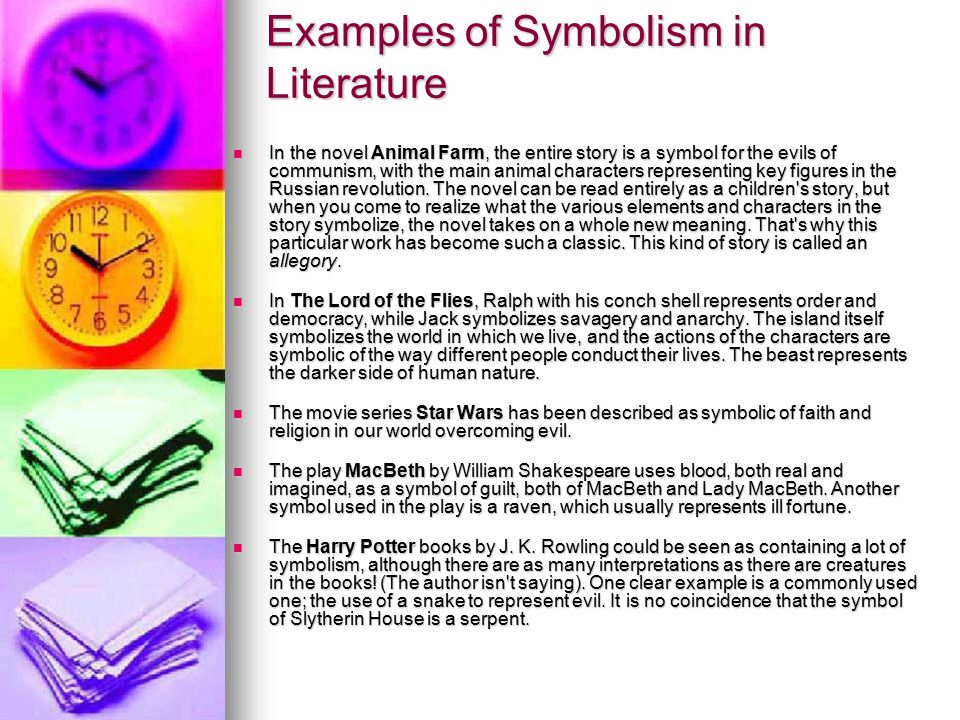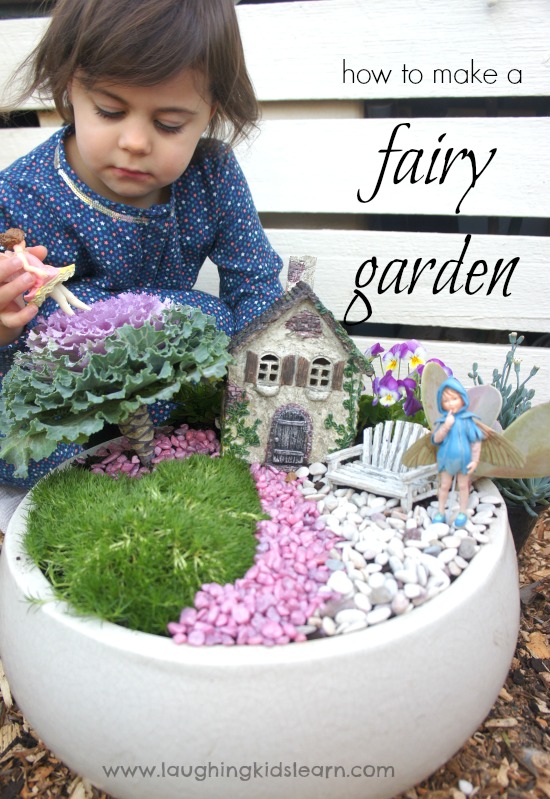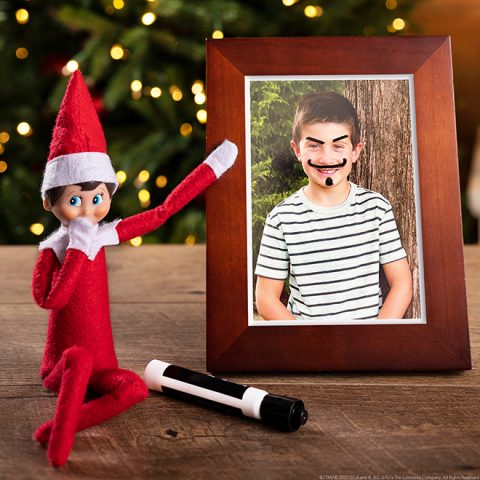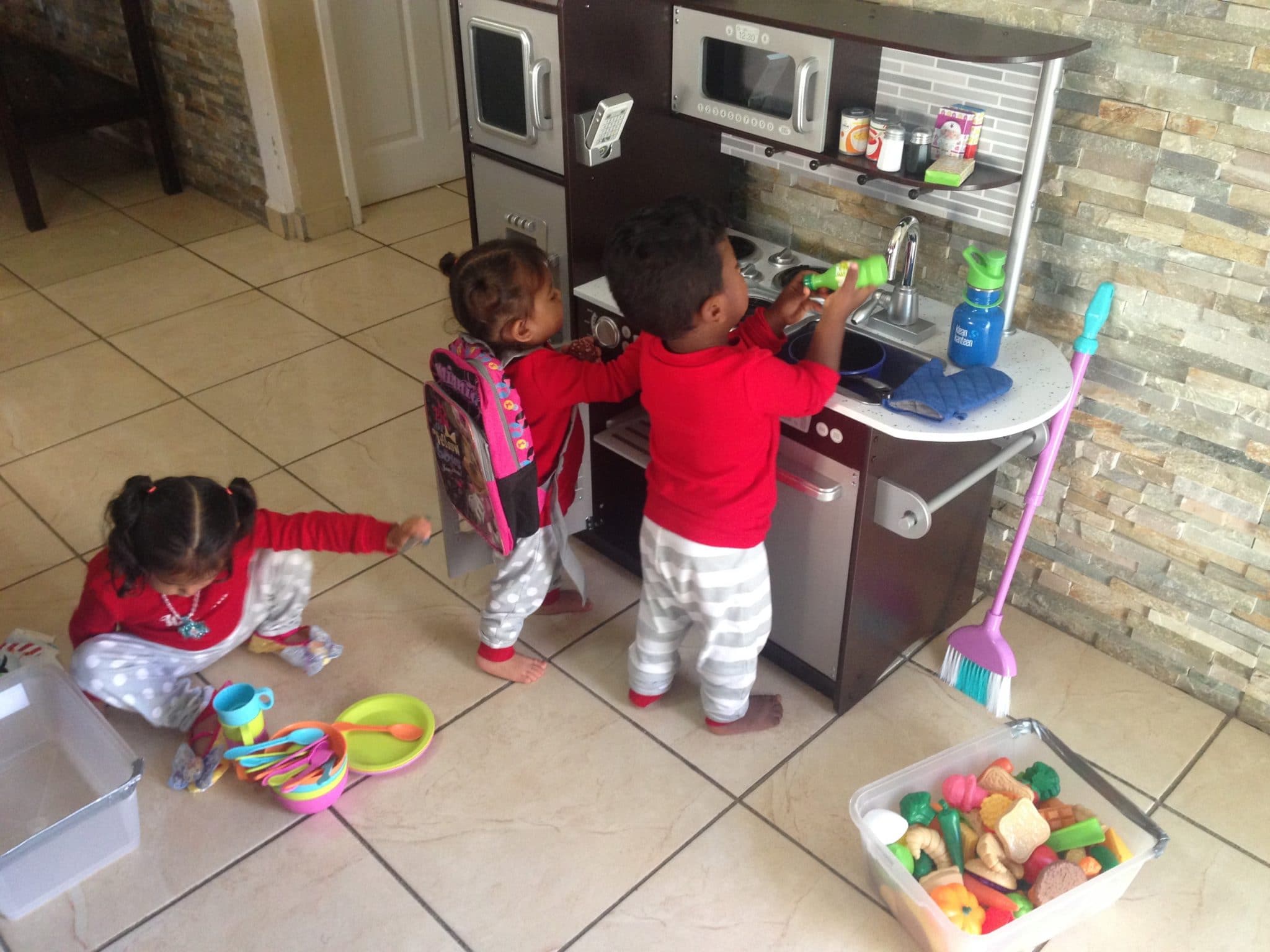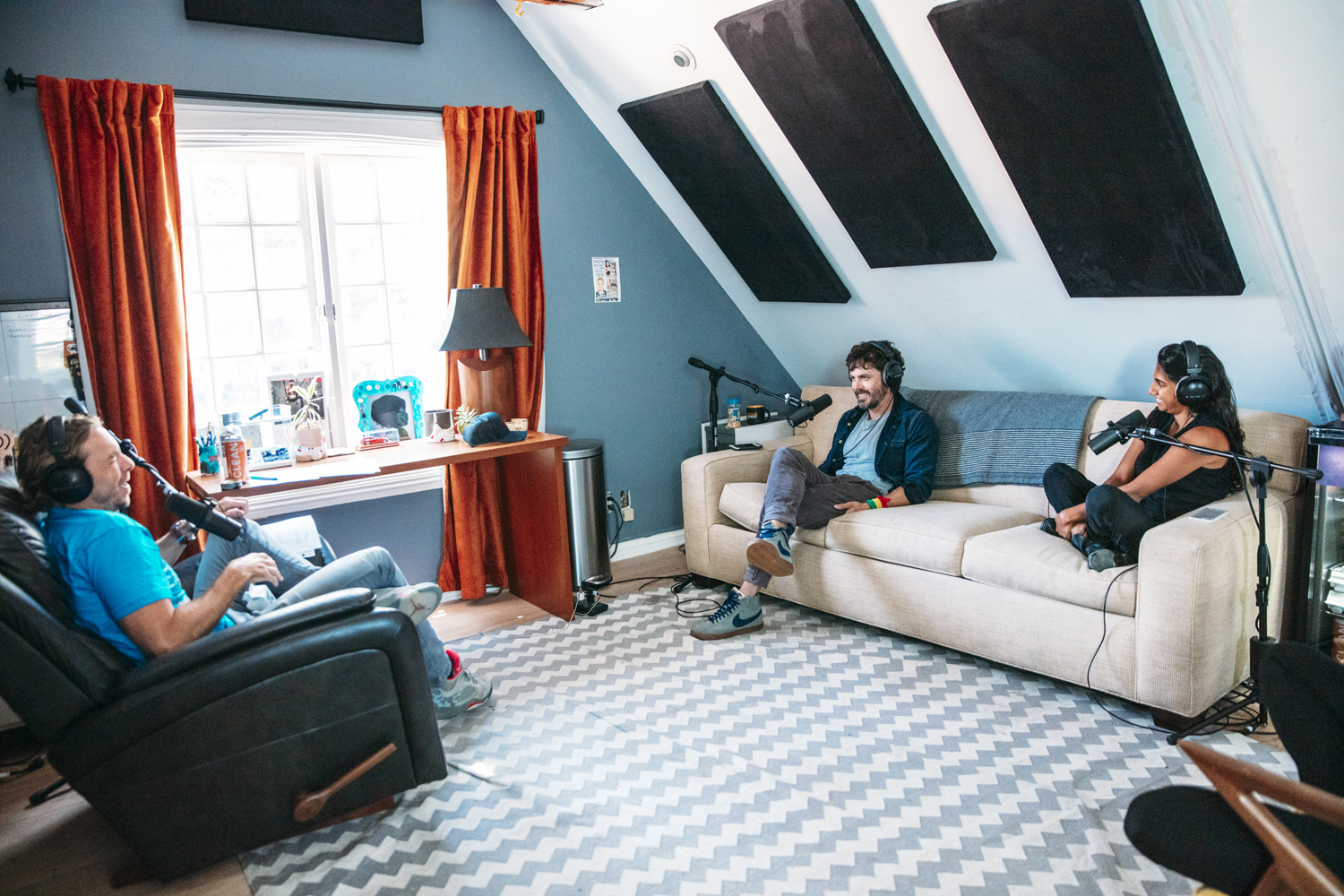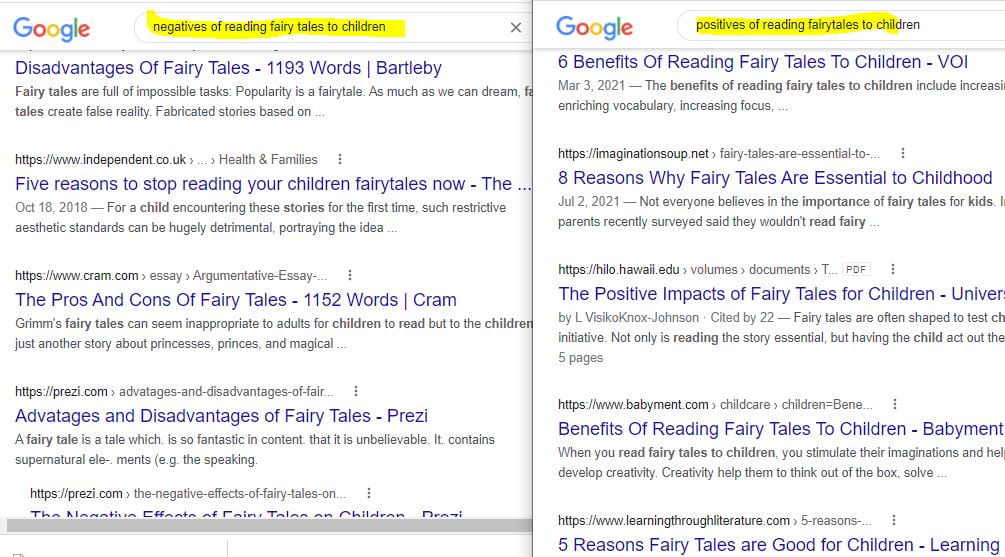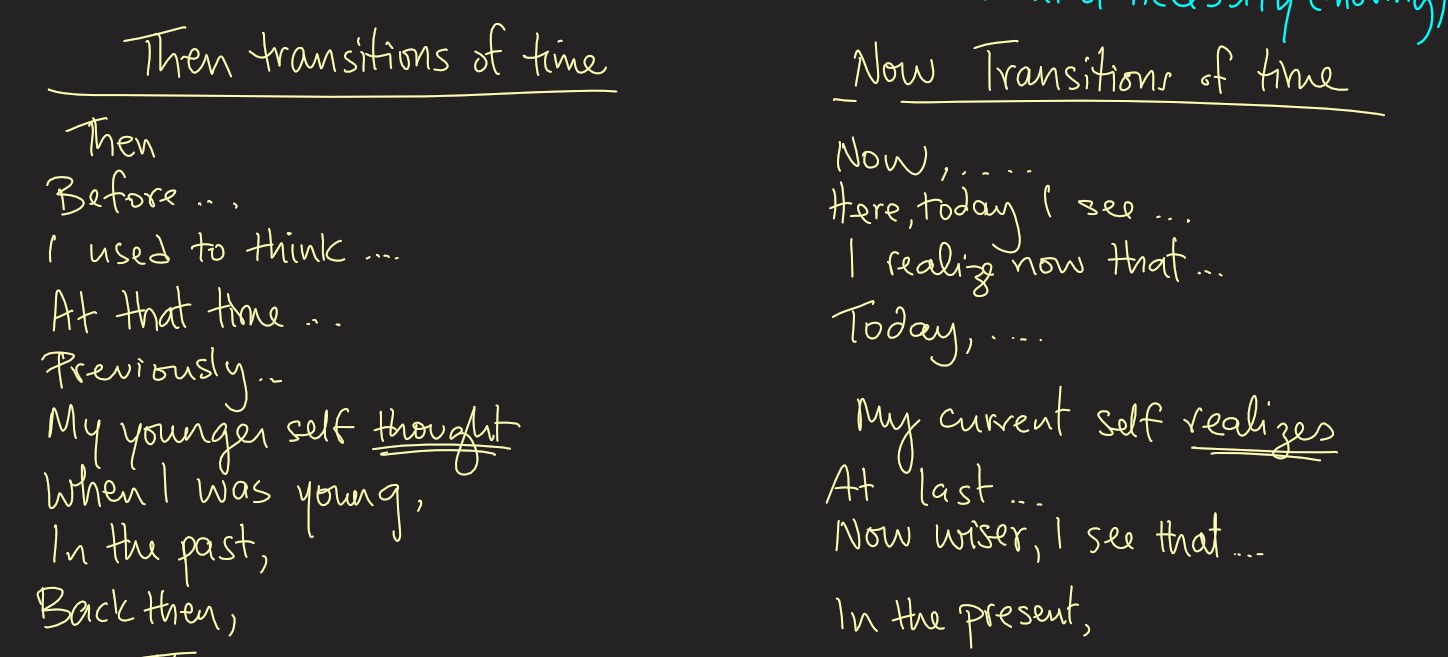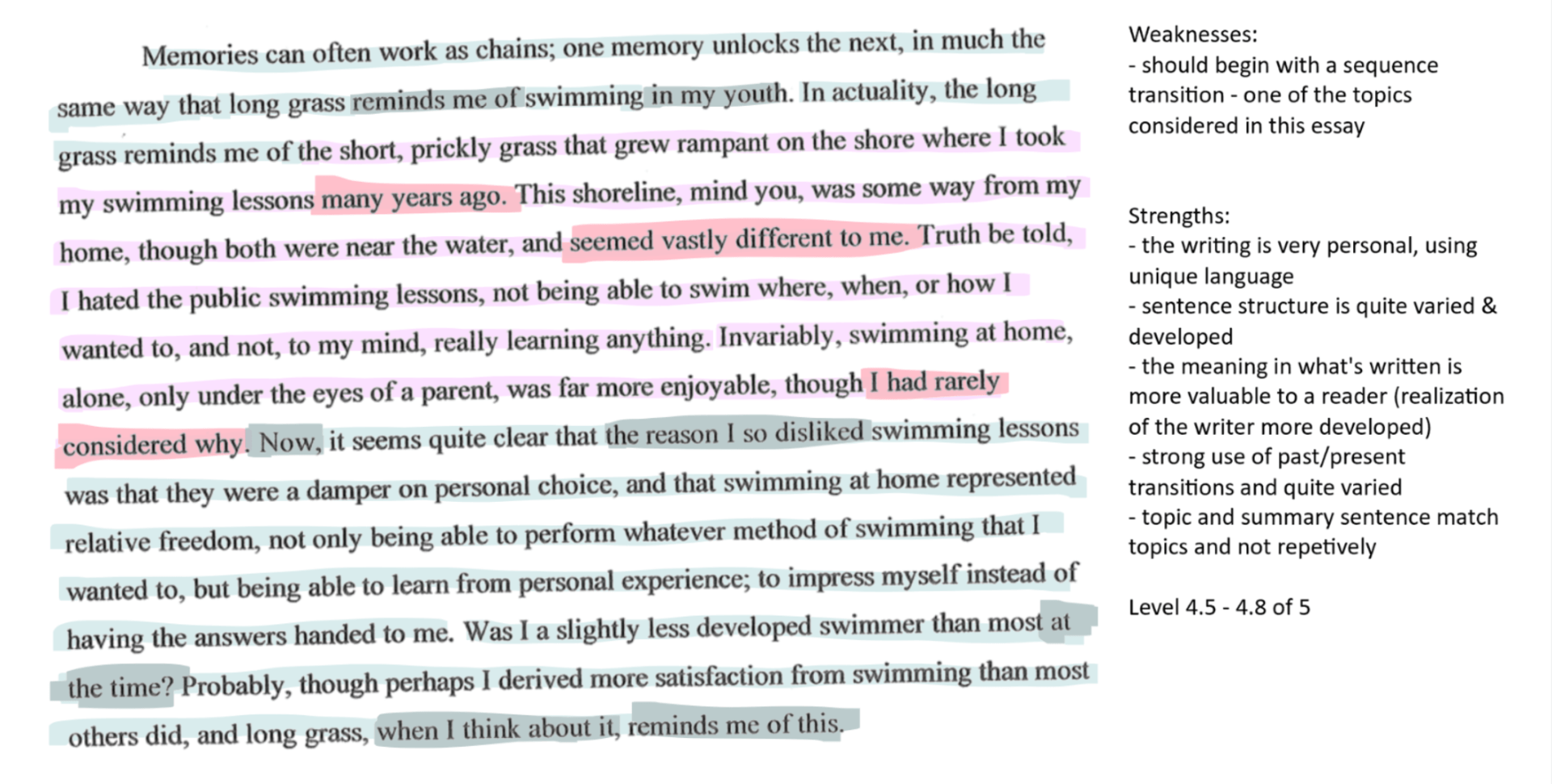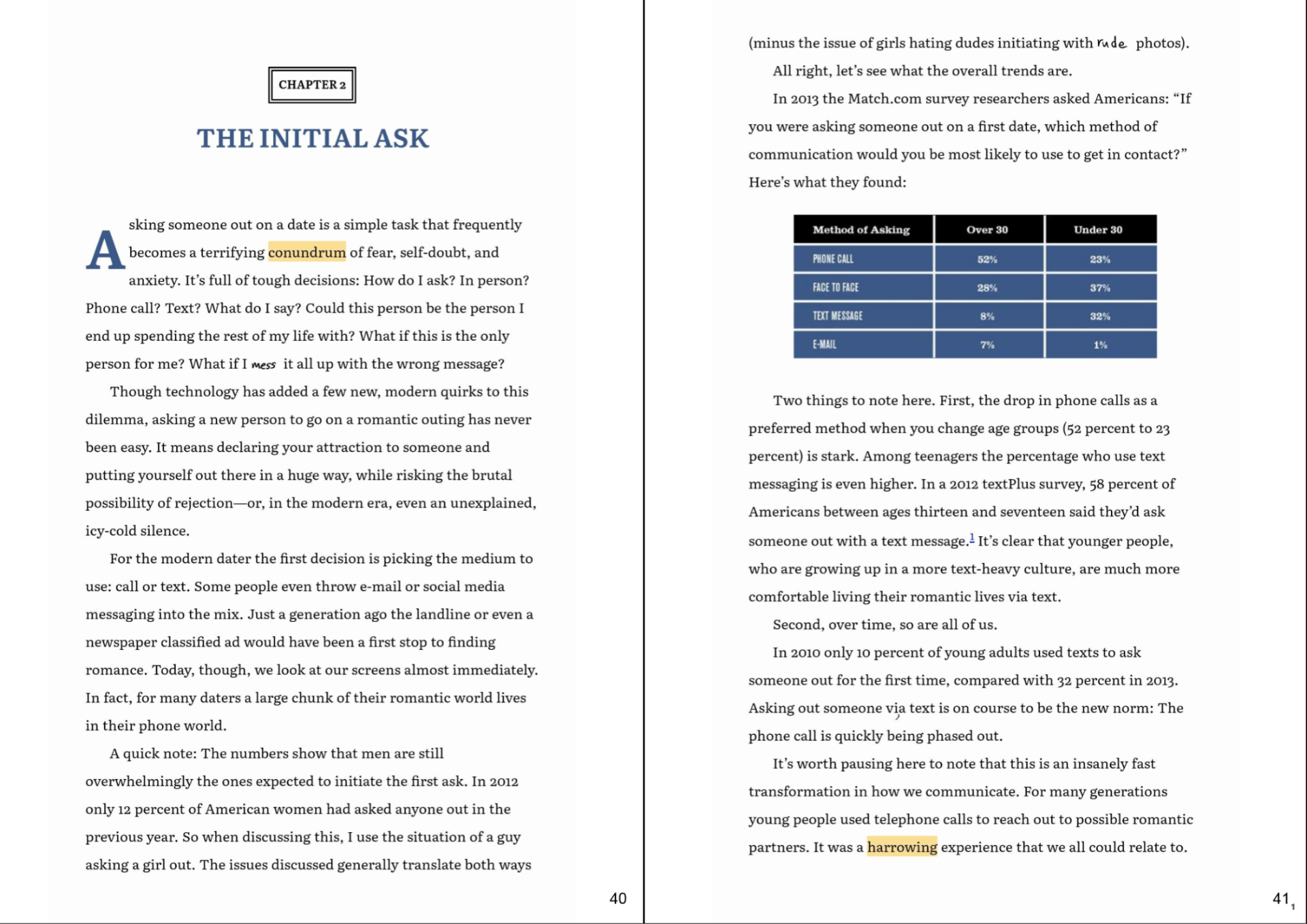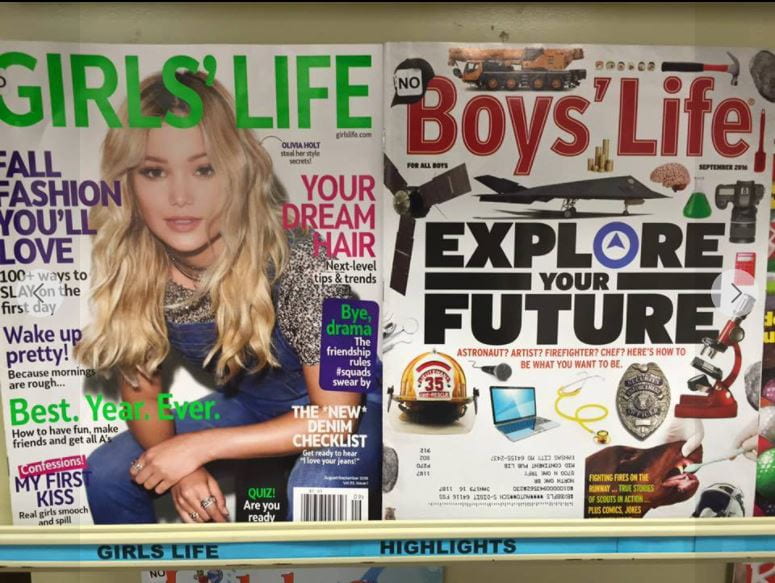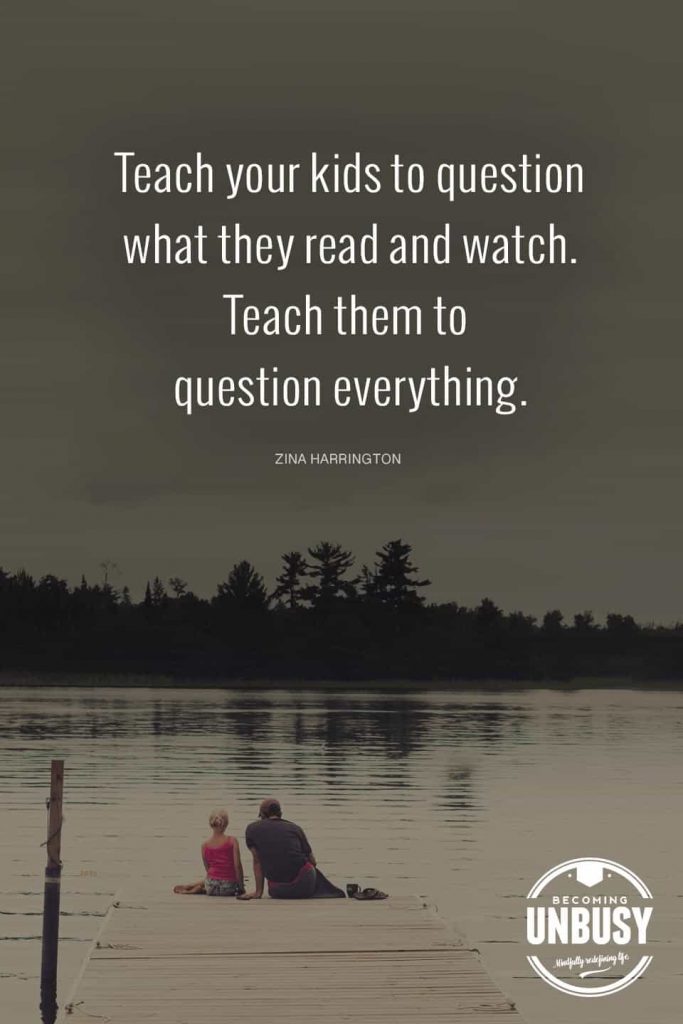ELA 20: Instructional Essay Overview
Well, now I’d guess ELA has gotten a little interesting for you, right? Suppose you’re at this step in the course. In that case, that means you’ve been reading about romantic relationships and might have even had a blunt conversation within your group to ask people who represent others you’re attracted to the questions you really wanted to be answered. It usually gets interesting when we get to this part of the Adolescence half of the course!
And now you get to write an Instructional Essay –
- It is Informal, so there’s no hard-fast rule on the format or outline for it.
- It must be Instructional, which means it has to offer steps to the reader in order to follow through with something (How to be a third wheel, How to date your parents, etc)
- With the step-by-step instruction, you’ll also have to have strong use and control of Transition phrases of sequence.
- The Tone must be sarcastic and witty; this is meant to be playful and comical
- It must also have a Persuasive tone. This means you have to include language that is commanding, demanding, and like you fully expect readers to follow your instructions fully. Instead of saying “You should…” or “You could…” persuasive language choices include “You must…”, “You have to…”
- And the Jargon language requirement will take some consideration. Jargon is language that’s really only used related to one topic. The words flambé, sauté, and infuse don’t work outside of cooking. Words/phrases like lay-up, dunk, and three-pointer are fairly obviously related to basketball. So you’re looking to pick a topic (cooking, hunting, basketball, hockey, cinema, etc) and compile a list of the phrases and words that are only related to those topics. Then you’ll carefully integrate them into your writing, like you’ll see in sample paragraphs.
